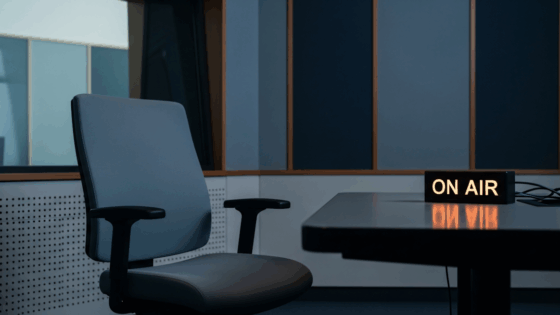on
BY SELINA McCALLUM
If you’re a journalist or a creative you probably have been asked once in your life, “But are there any jobs in that field still?” And if you are like me, you were annoyed by that question because you know that no job, no matter what field, is just going to fall into your lap (unless you have connections). Now, bring being black into the mix, and it becomes even more challenging when looking for internships and trying to gain experience.
After I graduated from the University of Windsor with a double degree in Digital Journalism and Communications, Media and Film, I was applying for many jobs in the film and journalism industry but didn’t hear back.
After I met Simone Jennifer Smith and learned about the TCN TV Network in Brampton, I had an interview to become the Production Manager of TCN TV Network in Brampton and got the job. During my time there, I produced several online talk shows. However, my knowledge of other young directors, producers, and screenwriters was still very limited.
I came across OYA Media Group through the Being Black in Canada documentary program by the Fabienne Colas Foundation. The OYA Media Group was founded and operated by Alison Duke and Ngardy Conteh George, who are committed to the ongoing support, education and promotion of young black filmmakers.
The Oya Emerging Filmmakers Program (formally known as Black Youth! Pathway to Industry) is a three-year initiative that provides twenty post-secondary graduated black youth per year, networking, mentoring, essential skills training alongside industry pros and creative partnerships with Tiff Education, Regent Parks Film Festival Live it to Learn it, NABET 700_M Unifor, VTape, Charles Street Video, LIFT and Trinity Square Video.
Being a part of the second cohort was absolutely amazing and eye-opening. I was able to meet and work with other talented, young and black creatives across the city. I participated in film workshops, one even facilitated by Director X. I was also able to learn of opportunities within the film industry for people of colour specifically or open to all.
Another participant in the second cohort with me got the opportunity to work on a Netflix set.
“They have all these great workshops that these filmmakers and creatives are able to work in. As well as giving a lot of opportunities outside just workshops. For me, I was able to work on a Netflix set. I was also able to work on a Tim Hortons commercial,” said Yasmin.
Just as I was excited about Director X facilitating a workshop on his music videos and films, so was another one of my peers in the program.
“We watch music videos all the time but having an actual director like Director X come in and able to see the process from start to finish. He showed us breakdowns and how he’d pitch music videos to artists and the labels. It was really informative to see the entire process from start to finish,” said Akash.
OYA makes a point of employing emerging black youth in their original productions such as ‘Mr. Jane and Finch’ and encourages producers to hire black youth in projects they direct such as ‘Cool Black North’. This mandate is in place to change the widespread anti-black racism in the industry and unconscious belief that quality is compromised when you make diversity a choice.
For the participants in the second year of the program, we had the opportunity to make a film as the program was coming to an end. I was the Director of Photography and Editor for the film, Confessions, directed and written by Kristen Lambie. I was able to work with a professional producer on set to make Lambie’s film come to life.
This year Canadian Screen Award Winning Director Alicia K. Harris will be the Program’s Filmmaker in Residence. Alicia will be working with year 3 Participants to create an original Digital Web series produced within the program.
OYA’s program also provides opportunities for youth to direct exciting original content with industry professionals. Last year the Fabienne Colas Foundation in collaboration with the Toronto Black Film Festival teamed up with the Oya Emerging Filmmakers Program to provide production mentorship to six youth to produce and direct their own short documentary. The doc program called ‘Being Black in Toronto’ aims to change old narratives and expand beyond one-dimensional portrayals of the black community.
All of the short documentaries were screened at the foundation’s film festivals in Toronto, Halifax and Montreal and festivals throughout North America. The series will premiere on CBC’s Absolutely Canada in late August, or early September.
Participants interested in joining go through a rigorous selection process every year. OYA will introduce their twenty-one cohorts for year 3 next month as well as a slate of new partnerships including xoTO, Insight Productions, the juggernaut TV production company which produces the Juno Awards, The Amazing Race Canada and Big Brother Canada to name a few. OYA is also teamed up with commercial production companies as well as with WIFT-T for a new paid internship initiative.
Being a part of the OYA Emerging Filmmakers Program helped me enhance my career as a Director of Photography, expanded my network of black filmmakers in Ontario and overall gave me the experience and opportunities that I could have never found anywhere else. It is a program that I strongly recommend for black youth seeking to have a future in the film industry.
Stay in the loop with exclusive news, stories, and insights—delivered straight to your inbox. No fluff, just real content that matters. Sign up today!













